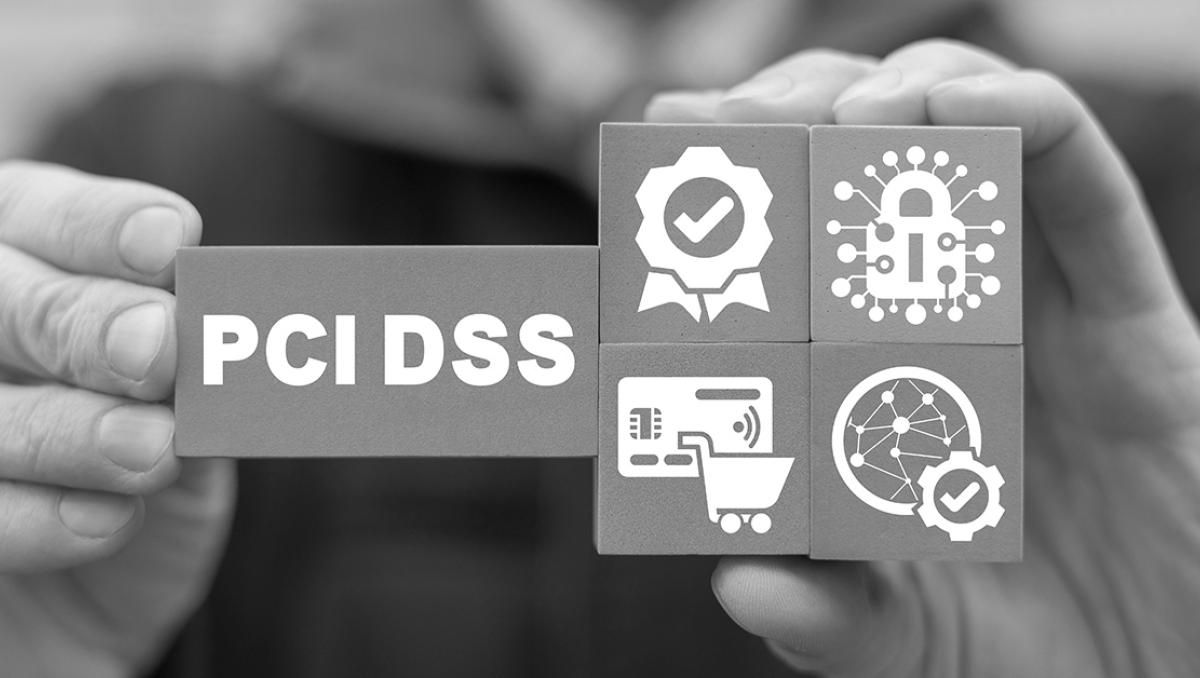By Vaibhav Tare
Dependency on data has vastly increased in recent years, amidst accelerated digital transformation across sectors. From finance to healthcare, businesses spanning diverse industries are experiencing a substantial surge in data usage, prompting a shift towards cloud-based, on-prem and hybrid data storage solutions. Gartner recently forecasted that worldwide end-user spending on public cloud services will reach approximately USD 679 billion this year. The data center solutions market, on the other hand, is estimated to grow to nearly USD 592 billion by 2028.
Yet, this data-driven revolution faces a formidable threat in the form of data corruption – an undesirable alteration of original data that occurs due to factors such as hardware failures, software bugs, or cyberattacks. Data corruption poses a significant risk to decision-making processes within organizations, as well as to the confidentiality of sensitive information.
Against the backdrop of these challenges, Defensive AI emerges as the need of the hour. With the ability to swiftly analyze vast amounts of data and identify anomalies, these AI systems facilitate a proactive approach to cybersecurity that enables real-time detection and mitigation of data corruption. This empowers organizations to safeguard their digital assets and maintain the integrity of their data infrastructure.
Preventing Data Tampering During Transmission
Data transmission is a critical aspect of modern business operations, facilitating the exchange of information between systems, networks, and devices. However, this process is vulnerable to various threats, including data tampering, wherein unauthorized individuals alter or manipulate data during transmission.
Defensive AI emerges as a crucial solution to combat this challenge by introducing encryption protocols to secure data during transmission. It ensures real-time monitoring to detect and prevent data tampering in real-time as it occurs, effectively mitigating potential issues.
Shielding Against Cyberattacks
Ransomware, and other forms of cyberattacks that aim to steal or corrupt sensitive data, pose a significant threat to organizations.
Through machine learning (ML) algorithms and predictive analytics, AI can identify and patch vulnerabilities in systems before they can be exploited by malicious actors. Moreover, by enabling real-time detection of cyber threats, Defensive AI systems empower organizations to respond swiftly and effectively to mitigate potential damage.
Avoiding Human Error in Data Entry
Human error can result in inaccuracies and inconsistencies in data records. These errors can have far-reaching consequences for organizations, affecting decision-making processes, operational efficiency, and regulatory compliance.
AI-driven solutions offer a promising approach to detecting and addressing human error in data entry. By analyzing user behavior patterns and data input, AI algorithms can identify errors in real-time, thereby addressing issues promptly and preventing data corruption.
Mitigating Data Loss and Facilitating Recovery
Data loss is a significant concern for organizations, arising from various factors such as accidental deletions, hardware failures, or cyberattacks. In the event of data loss, organizations often face the challenge of recovering lost data and minimizing the impact on business operations.
AI-powered solutions facilitate effective early detection of data loss and efficient data recovery. An approach to data recovery, that utilizes data duplicates and creates self-healing systems based on previous data analysis, can help organizations swiftly recover lost data and substantially reduce downtime.
AI Deployments – What CISO’s Should Keep in Mind
For a CISO, seamless integration of Defensive AI into the organization’s cybersecurity frameworks is a critical priority. One of the best practices to ensure this is conducting comprehensive risk assessments to identify key areas where AI can enhance security. A key next step would be to collaborate with IT teams to select and implement AI-driven solutions that are best aligned with organizational objectives. Further, sharpening the organization’s Defensive AI framework also necessitates investing in training and skill development initiatives for cybersecurity professionals to help them harness the full potential of new-age technologies. These measures will significantly bolster organizational resilience in the face of an ever-evolving threat landscape.
Towards a More Data-Secure Digital Landscape
Data corruption is a significant risk for digitally driven organizations, with the potential to severely compromise confidentiality and undermine business credibility. In this context, integrating AI into cybersecurity frameworks holds immense promise in terms of elevating organizations’ capabilities to address these challenges.
As AI and cybersecurity continue to evolve in tandem, it is essential that we embrace a mindset of continuous adaptation and innovation. Staying abreast of the latest AI advancements, and their security applications, will enable cybersecurity leaders to ensure a safer and more secure digital landscape for decades to come.
(The author is Vaibhav Tare, Chief Information Security Officer, Fulcrum Digital, and the views expressed in this article are his own)



